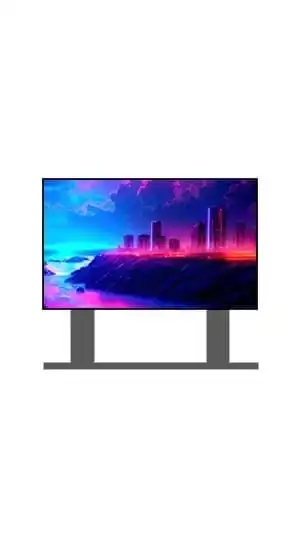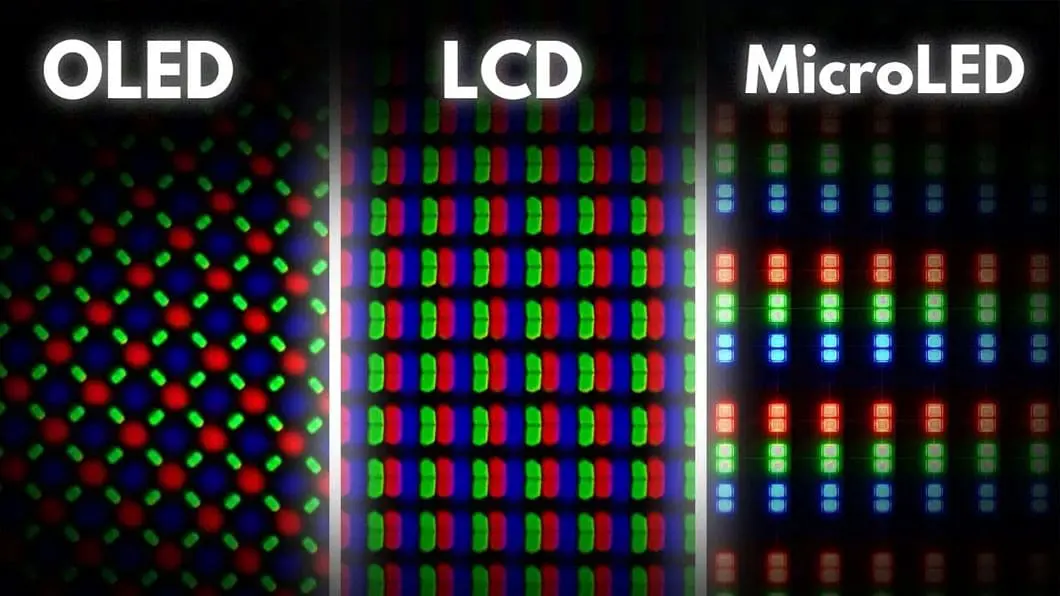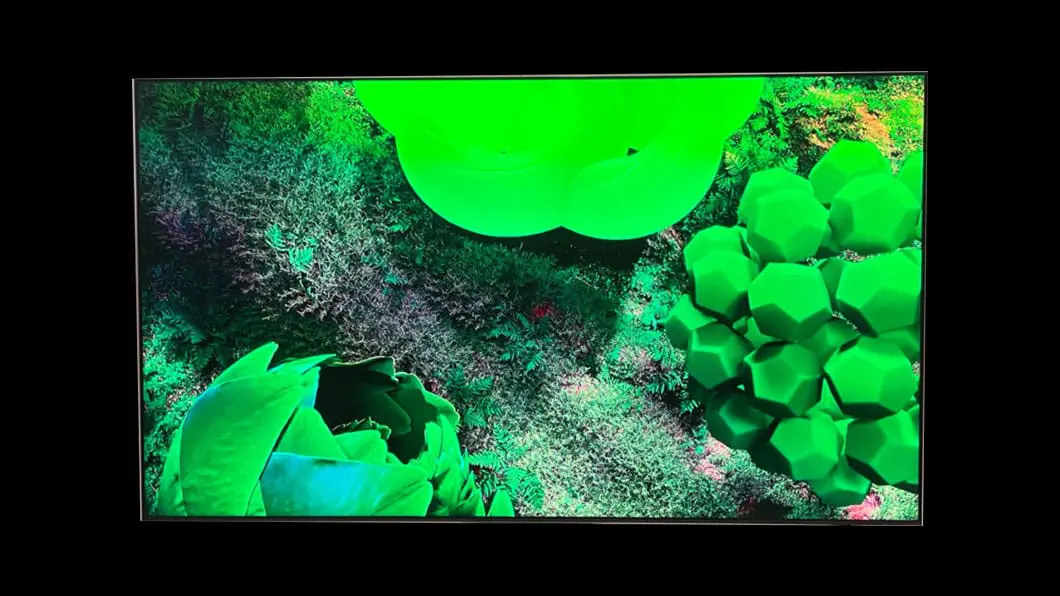Micro LED screen displays represent the forefront of display technology, offering unparalleled image quality, energy efficiency, and design flexibility. These advanced displays utilize microscopic LEDs to create vibrant visuals with exceptional brightness and color accuracy, making them suitable for a wide range of applications.
Explore the COB LED Display Screen for outstanding image quality and eco-friendly technology. Upgrade your display experience today.
Understanding MIP LED Screen(MicroLED In Package) MIP LED display screen, short for “MicroLED in Package,” is an advanced diode packaging technology that combines RGB diodes smaller than 100 microns into a surface mounted diode (SMD). MIP LED display screen technology demonstrates superior suitability for micro-scale chips, offering greater potential for pixel pitch reduction and cost […]
Micro LED displays have breakthrough display technology that combines ultra-high brightness, fine image quality and energy-saving advantages. They are widely used in high-end commercial displays, command centers, virtual shooting and other fields, and are the future development direction of displays.
Micro LED displays offer extremely high brightness levels, making them ideal for both indoor and outdoor use. Even under direct sunlight, visuals remain sharp and clearly visible.
With pixel-level light control and true black capability, Micro LED delivers exceptional contrast, enhancing depth and clarity for vivid and lifelike images.
Micro LED supports an ultra-wide color gamut, accurately reproducing a broader range of colors, ideal for professional applications like virtual production and broadcasting.
Each pixel in a Micro LED screen emits its own light, resulting in better contrast, faster response times, and superior image quality without needing a backlight.
Micro LED displays have breakthrough display technology that combines ultra-high brightness, fine image quality and energy-saving advantages. They are widely used in high-end commercial displays, command centers, virtual shooting and other fields, and are the future development direction of displays.
8K 4K 2K Effect
Magnetic front service
Energy saving
High brightness
High color fidelity low gray
Latest technical solutions
Detailed technical specifications such as pixel pitch, brightness, refresh rate, and panel size help users make informed decisions based on real performance data.
| Pixel Pitch (mm) | 1.25 | 1.25 | 1.56 | 1.66 |
| Operating Environment | Indoor | Indoor | Indoor | Indoor |
| Module Size (mm) | 200*150 | 200*150 | 200*150 | 200*150 |
| Cabinet Size (mm) | 400*300*62 | 400*450*62 | 400*450*62 | 400*450*62 |
| Cabinet Resolution (W×H) | 320*240 | 320*360 | 256*288 | 240*271 |
| IP Grade | Front IP44Rear IP54 | Front IP44 Rear IP54 | Front IP44 Rear IP54 | Front IP65 Rear IP54 |
| Weight (kg/cabinet) | 5.0 | 5.2 | 5.5 | 5.5 |
| White Balance Brightness (nit) | 600-8000 | 600-1000 | 800-1000 | 800-1000 |
| Horizontal / Vertical Viewing Angle | 160/160 | 160/160 | 160/160 | 160/160 |
| Power Consumption(W/㎡) | 250±15%/120±15% | 250±15%/150±15% | 300±15%/150±15% | 350±15%/150±15% |
| Refresh Rate(Hz) | ≥3840 | ≥3840 | ≥3840 | ≥3840 |
| Control System | Nova | Nova | Nova | Nova |
| Certification | CE, FCC, ETL | CE, FCC, ETL | CE, FCC, ETL | CE, FCC, ETL |
Micro LED displays have breakthrough display technology that combines ultra-high brightness, fine image quality and energy-saving advantages. They are widely used in high-end commercial displays, command centers, virtual shooting and other fields, and are the future development direction of displays.






Here’s a detailed comparison between micro LED and other mainstream display technologies like LCD, OLED, and mini LED. This table highlights the key advantages of micro LED for both indoor and outdoor applications, helping users understand why it’s a next-generation display solution.
| Feature | Micro LED | OLED | Mini LED | LCD |
|---|---|---|---|---|
| Brightness | Ultra-high (1000+ nits) | Moderate to high | High | Moderate |
| Contrast Ratio | Infinite (self-emissive) | Infinite (self-emissive) | High (with local dimming) | Low to moderate |
| Color Gamut | Wide (Rec.2020 capable) | Wide (DCI-P3) | Wide (depends on backlight) | Limited |
| Black Level | True black | True black | Good, not perfect | Washed-out blacks |
| Power Efficiency | High | Moderate | Moderate | Low |
| Lifespan | 100,000+ hours | ~30,000–50,000 hours | ~50,000 hours | ~30,000 hours |
| Burn-in Risk | None | Yes | Low | None |
| Thickness | Ultra-thin | Thin | Thicker | Thick |
| Scalability | Seamless, modular | Limited | Good | Good |
| Price | High (currently) | High | Mid to high | Low |


LED display user guide
LED display common FAQ
Discover essential tips for choosing the perfect indoor LED display for your needs, ensuring efficiency and quality in installation.
while both LED walls and LED video walls offer cutting-edge visual technology, the key differences lie in their construction.
How to install indoor LED display screen To install an indoor LED display screen, follow these steps - 1. Determine…
Installing indoor LED display screens on the wall requires careful planning and execution. Here are the general steps to follow for a successful installation.
If you are interested in our products, please contact us promptly
Contact a sales expert
Stay connected with us to discover the latest innovations, exclusive offers, and insights that will elevate your business to the next level.
ReissDisplay is a professional LED display manufacturer and solutions provider, committed to becoming a global leader in LED video wall solutions. We focus on delivering high-quality, customized, and durable products to meet diverse needs and help our clients achieve outstanding visual experiences.
PRODUCTS
ABOUT US
Factory Address:
Building 6, Huike Flat Panel Display Industrial Park, No. 1, Gongye 2nd Road, Shiyan Shilong Community, Bao'an District, Shenzhen city , China .
© Copyright REISS Optoelectronics Group